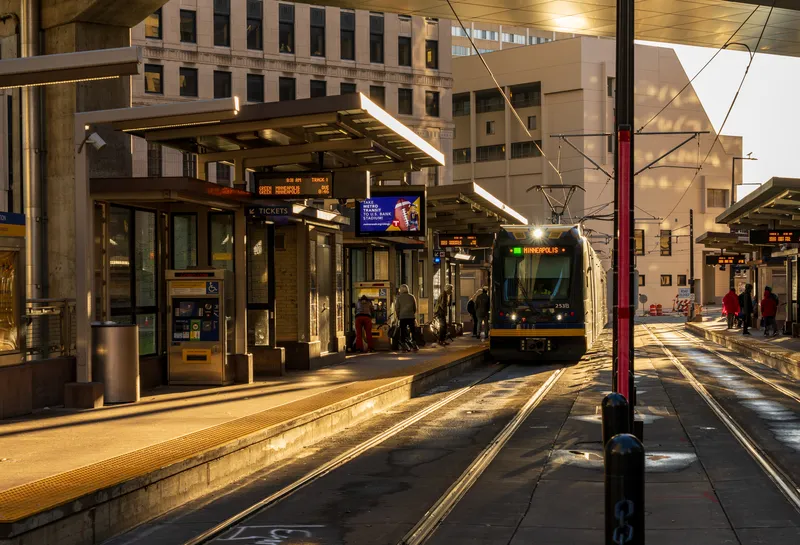OptiBus, which operates the only Bus Rapid Transit (BRT) system in León city in Mexico, has upgraded its CCTV network using an InfiNet Wireless solution which enables it to transmit CCTV images in real-time from 53 bus stops across the city via an increased network speed of 8Mbps per subscriber point. The new system has also allowed it to bring its overall monitoring system completely online, increasing efficiencies and safety.
The new system support cameras at bus stations with a network that has bandw
July 18, 2016
Read time: 2 mins
OptiBus, which operates the only Bus Rapid Transit (BRT) system in León city in Mexico, has upgraded its CCTV network using an InfiNet Wireless solution which enables it to transmit CCTV images in real-time from 53 bus stops across the city via an increased network speed of 8Mbps per subscriber point. The new system has also allowed it to bring its overall monitoring system completely online, increasing efficiencies and safety.
The new system support cameras at bus stations with a network that has bandwidth capacity to transmit images in real time, providing staff with the capability to monitor and collect data and passenger billing information remotely. With one monitoring centre in the OptiBus head office, staff are now able to collate data from 53 connected bus stops across five separate base stations. The new technology has also allowed OptiBus to bring its avoidance alarm, telephone usage, report collection system, video security and overall system monitoring completely online – providing a much more efficient and reliable network.
The new system support cameras at bus stations with a network that has bandwidth capacity to transmit images in real time, providing staff with the capability to monitor and collect data and passenger billing information remotely. With one monitoring centre in the OptiBus head office, staff are now able to collate data from 53 connected bus stops across five separate base stations. The new technology has also allowed OptiBus to bring its avoidance alarm, telephone usage, report collection system, video security and overall system monitoring completely online – providing a much more efficient and reliable network.










